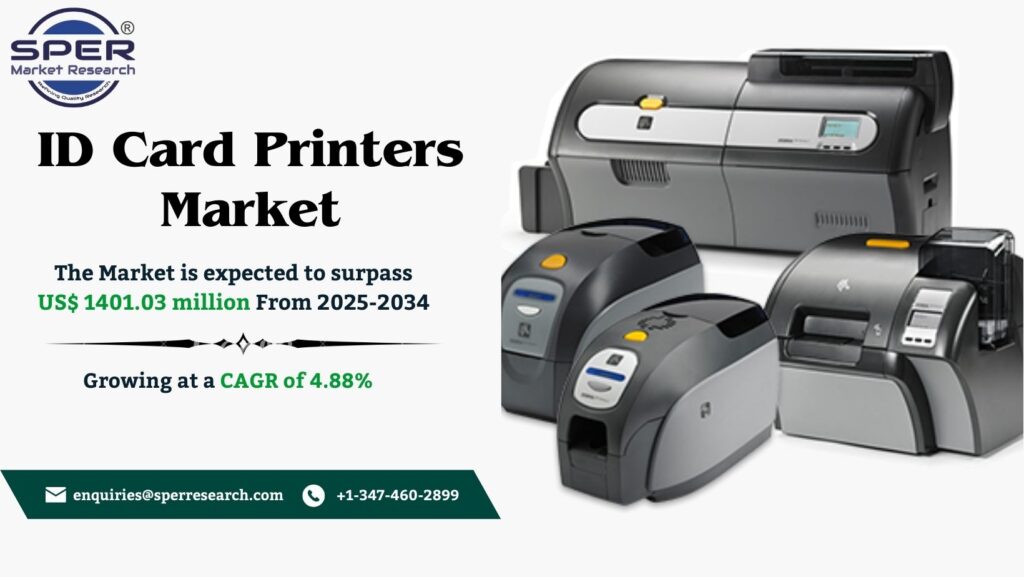Baby apparel is defined as clothing specifically crafted for infants and toddlers, generally covering ages from newborns to three-year-olds. This category includes a broad assortment of garments, such as onesies, dresses, pants, jackets, and accessories, tailored to fulfill the specific requirements of young children. The materials selected for baby apparel are often prioritized for their softness, breathability, and hypoallergenic characteristics, ensuring comfort and safety for delicate skin.
According to SPER market research, ‘Global Baby Apparel Market Size- By Product Type, By Age Group, By Gender, By Material, Distribution Channel – Regional Outlook, Competitive Strategies and Segment Forecast to 2034’ state that the Global Baby Apparel Market is predicted to reach 73.91 billion by 2034 with a CAGR of 5.15%.
Drivers:
The expansion of e-commerce offers a substantial chance for the baby clothing industry. With a growing number of consumers opting for online shopping, brands can take advantage of digital platforms to connect with a broader audience. The ease of online shopping enables parents to explore a wide variety of products, frequently at favorable prices. Moreover, the capacity to employ targeted marketing techniques and data analytics allows brands to customize their offerings to align with consumer preferences. This transformation not only improves customer interaction but also propels sales growth, establishing e-commerce as an essential avenue for future development in the baby apparel market.
Download the detailed analysis in PDF format, Here
Restraints:
The baby apparel sector encounters several significant constraints that can impede its growth and profitability. Economic fluctuations may result in a decrease in disposable income, subsequently reducing consumer expenditure on non-essential goods. The industry is marked by intense competition, with many brands contesting for market share, complicating the entrance of new participants. Escalating raw material costs may adversely affect profit margins, necessitating price hikes that might further suppress demand. Stringent regulations related to safety standards pose compliance challenges for manufacturers. Rapid shifts in consumer preferences demand that brands remain agile, while transitioning to sustainable practices can be resource-intensive.
In 2024, the North American baby apparel market led the global industry. This growth can be attributed to the increasing demand for organic baby apparel options during the forecast period. Furthermore, a large number of births annually, a rise in disposable income, and the presence of several domestic and international brands in the area are all contributing to the market’s expansion. Some of the key market players are Affix Apparel, Alamby Fashion, Billoomi Fashion, Bomme Studio, Ed-a-Mamma, KDTEX, and others.
For More Information, refer to below link: –
Related Reports:
Follow Us –
LinkedIn | Instagram | Facebook | Twitter
Contact Us:
Sara Lopes, Business Consultant — USA
SPER Market Research
enquiries@sperresearch.com
+1–347–460–2899









